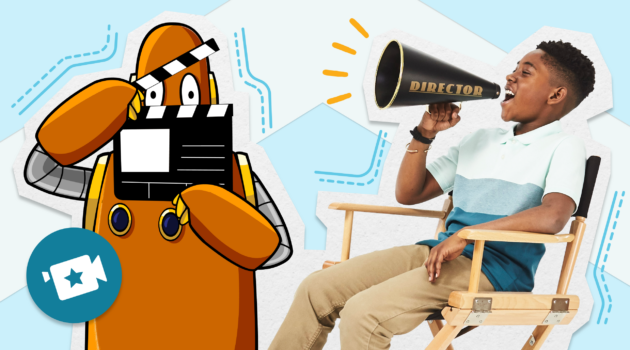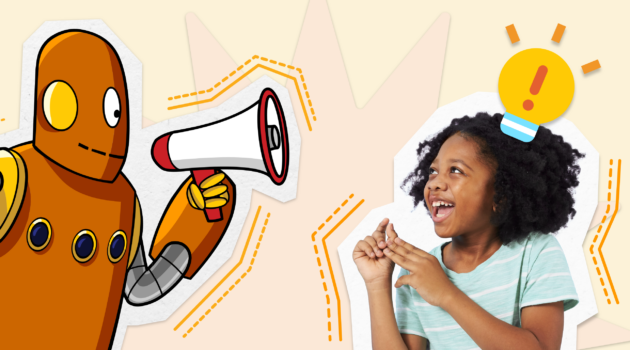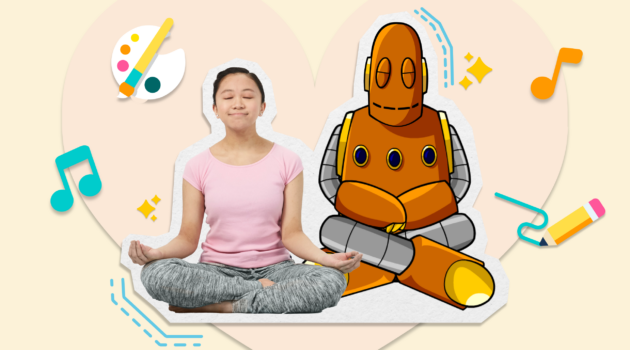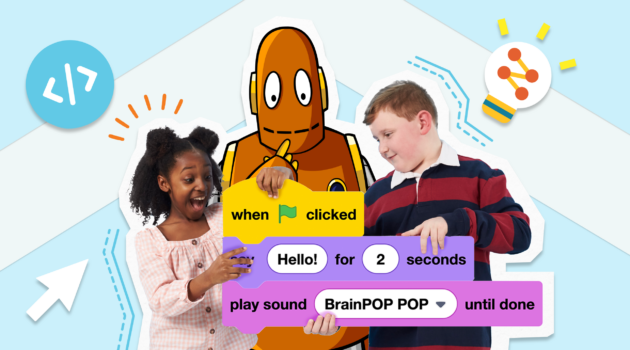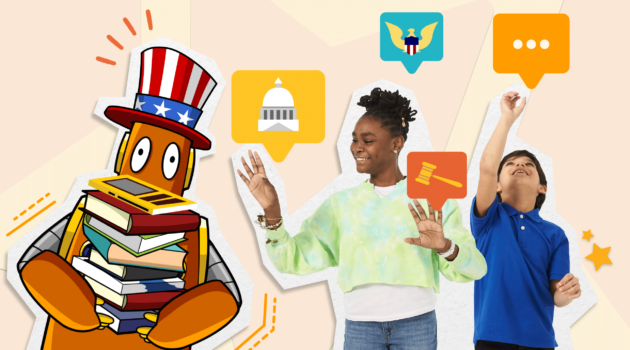Teaching Strategies
How Digital Citizens Grow in a BrainPOP Classroom
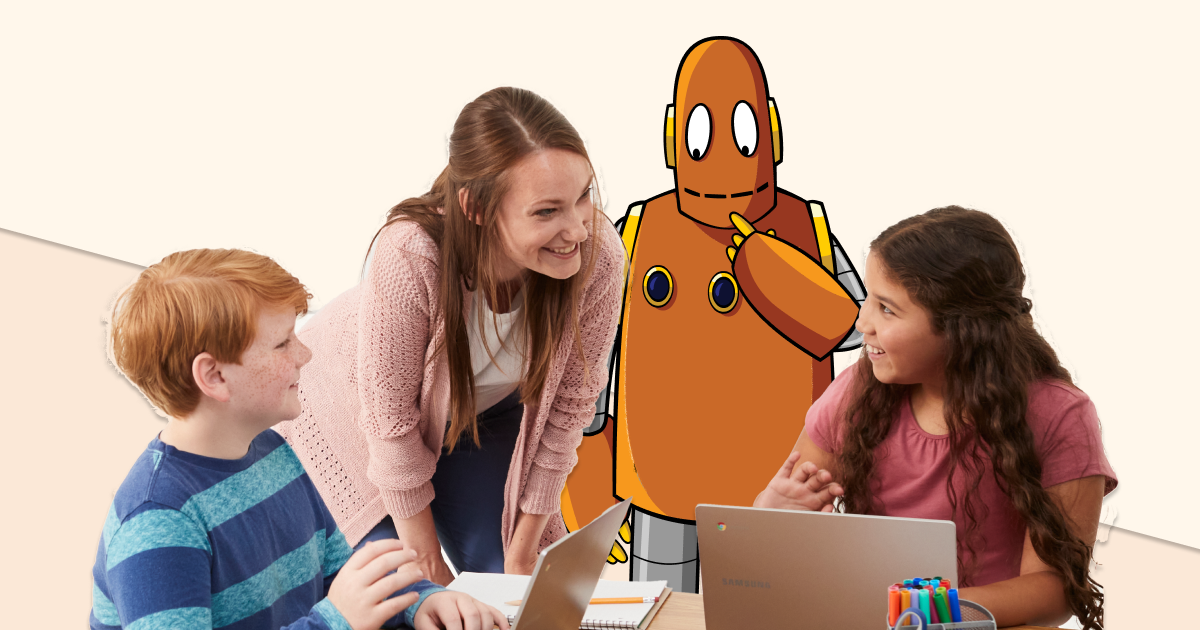
Preparing kids to become good digital citizens is a huge responsibility because digital literacy skills are essential for today’s students to master in order to thrive in the classroom and beyond. For teachers guiding students as they apply these skills, ensuring students are always safe and thoughtful online can feel pretty heavy on their already overflowing plate.
But let us tell you a little secret… in a BrainPOP classroom, teachers are already inspiring the next generation of digital citizens. Whether they’re diving into ocean currents, breaking down long division, or exploring our digital citizenship resources, BrainPOP is built to help students stretch these essential skills.
That’s because vocabulary and comprehension skills are the bedrock of digital citizenship. Since every topic and activity builds literacy skills, a BrainPOP classroom is where digital citizens grow.

How BrainPOP cultivates real-world digital citizens
Today’s students are no strangers to screens; they’ve grown up with smartphones and had search engines at their fingertips. They’re digitally savvy by default, but that doesn’t mean they’re prepared to navigate our digital world critically, safely, or ethically. This takes practice.
BrainPOP’s learning activities teach students about the digital world while fostering the digital literacy skills needed to succeed. These are lessons that can be taught all year long, in any subject.
Press play on movies
BrainPOP movies are a perfect way to build background on complex topics, such as staying safe online or searching the internet responsibly. And when assigned with Pause Points, students can “pause” to reflect on this new information in real time.
Video content is more and more common in our digital landscape–from news reports to TikToks and everything in between. Knowing how to decipher video content effectively can put students one step ahead on their digital citizenship journey.
Assign an enhanced Quiz or Challenge
Each interactive, auto-graded Quiz and Challenge prompts students to practice critical thinking skills through questions and activities like matching, Venn diagramming, and more that mirror the format of their end of year assessments.
When students are tasked with reflecting on their own learning, they’re making informed decisions and assessing their own misunderstandings. This is crucial when you live in a world, digital or not, where information (and misinformation) is available at every corner. Kids who are provided the tools to apply their understanding effectively are more likely to analyze any situation online and make wise choices.
Vocabulary and comprehension skills that stick
With BrainPOP’s newest feature, Vocab Builder, students can interact with those important tier 2 words, such as “etiquette” or “avatar,” to deepen their understanding of the content while practicing essential literacy skills.
Understanding this level of vocabulary is crucial when navigating digital spaces. Think of the word “platform,” which is defined as means for communicating ideas to others. In the online world, “platform” can translate across social media channels to game streaming sites, podcasts, and everything in between that easily relates to a students’ day-to-day.
Get creative with Creative Projects
Whether students are making their own BrainPOP movie with Make-a-Movie or problem-solving with Creative Coding, they’re interacting with 21st-century concepts in unique and engaging ways–and deepening their learning on the lesson at hand.
Plus, they’re learning logical reasoning and computational thinking skills while gaining a basic understanding of how technology operates, which will be necessary credentials for future careers (many of which do not exist yet).
Digital Citizenship Lessons to Assign Today
Digital citizenship is built into our product, and it may not always look how you expect it to. Heather Kane (@colorfullycs) is a computer science teacher, robotics coach, and Certified BrainPOP Educator who uses BrainPOP to bring digital citizenship to life in her classroom. Here are 3 lessons you can assign today:
Digital citizens don’t grow overnight. However, when making BrainPOP part of your everyday instruction, you can trust that you are setting the foundation for your students to practice the skills they need to navigate their world successfully–both in real life and online.
Jordan Bremus-Wyles is the Sr. Manager, Content & Social Media Strategy at BrainPOP, with a Bachelor’s in English and Journalism. She is a youth advocate and mom of two.


